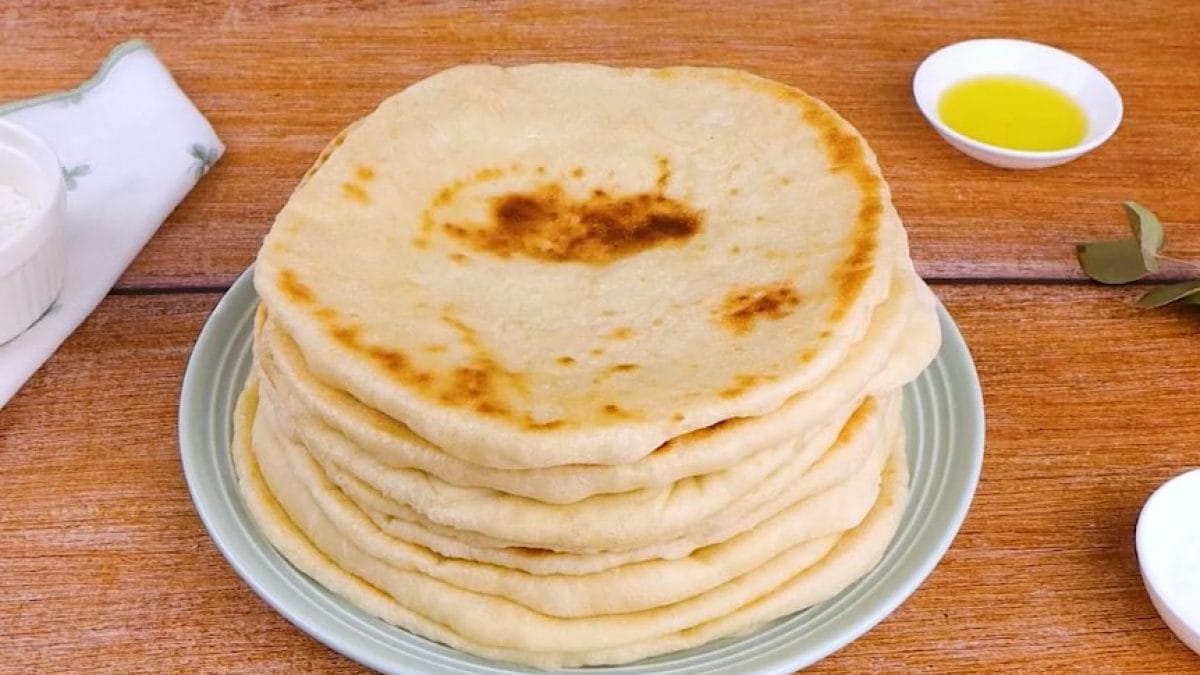
If you’re dreaming of warm Mediterranean sunshine and the aroma of freshly baked bread, you don’t need a plane ticket — just this Homemade Greek Pita Bread recipe. Made with pantry staples like flour, yeast, and olive oil, this versatile flatbread is light, soft, and slightly chewy with a hint of char from the skillet.
Whether you’re filling it with grilled chicken and tzatziki or serving it alongside your favorite dips like hummus and baba ghanoush, this easy recipe delivers restaurant-quality results right from your kitchen.
What Is Greek Pita Flatbread?
Greek pita bread, also known as pita araviki, is a Mediterranean classic loved for its soft, flexible texture and mild flavor. Unlike the pocket-style pita often used for sandwiches, Greek pita is thicker, fluffier, and doesn’t usually form a pocket.
It’s perfect for wraps, gyros, or simply for soaking up flavorful sauces and dips — a true staple in Greek and Middle Eastern cuisine.
A Brief History of Pita
While pita is deeply rooted in Greek cooking, its origins stretch back thousands of years to the ancient Near East. Archaeological findings show that versions of flatbread similar to pita were baked over open fires long before modern ovens existed. Over time, each region — from Greece to Egypt to the Levant — gave it a unique twist.
Ingredients
How to Make Homemade Soft Greek Pita Bread
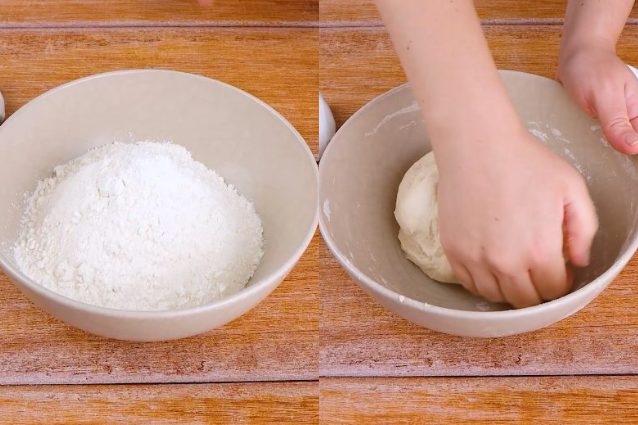;Resize,width=712;)
In a bowl, combine flour, dry yeast, water, extra virgin olive oil and salt. Knead until the dough is smooth and elastic.
In a bowl, combine flour, dry yeast, water, extra virgin olive oil and salt. Knead until the dough is smooth and elastic.
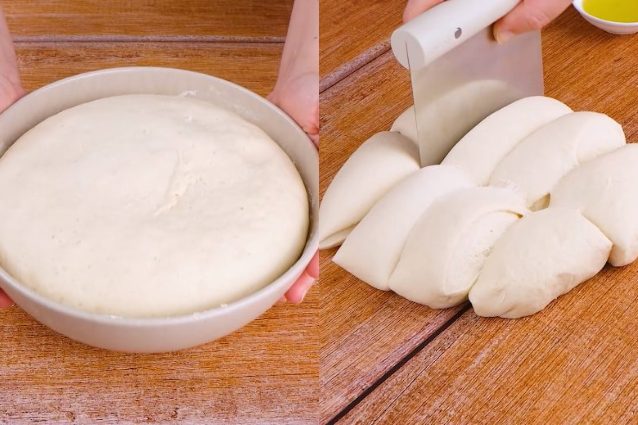;Resize,width=712;)
Let it rise in a warm place until doubled in size (about 3 hours). Transfer the dough to a lightly floured surface and divide into 8 equal pieces.
Let it rise in a warm place until doubled in size (about 3 hours). Transfer the dough to a lightly floured surface and divide into 8 equal pieces.
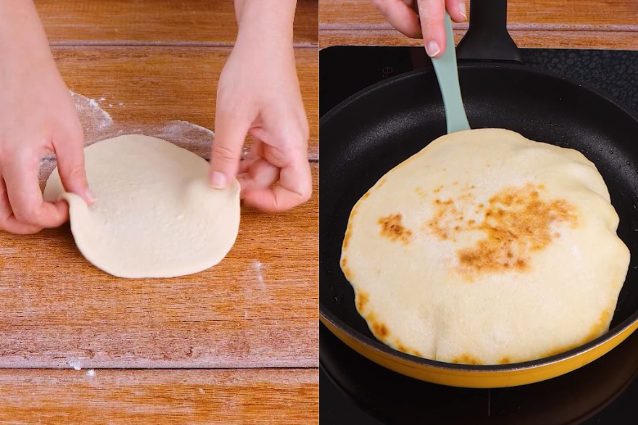;Resize,width=712;)
Roll each piece into a 20cm disc. Heat a skillet or griddle over high heat. Add a drizzle of olive oil and cook each pita disc for about 2 minutes per side or until puffed and golden brown.
Roll each piece into a 20cm disc. Heat a skillet or griddle over high heat. Add a drizzle of olive oil and cook each pita disc for about 2 minutes per side or until puffed and golden brown.
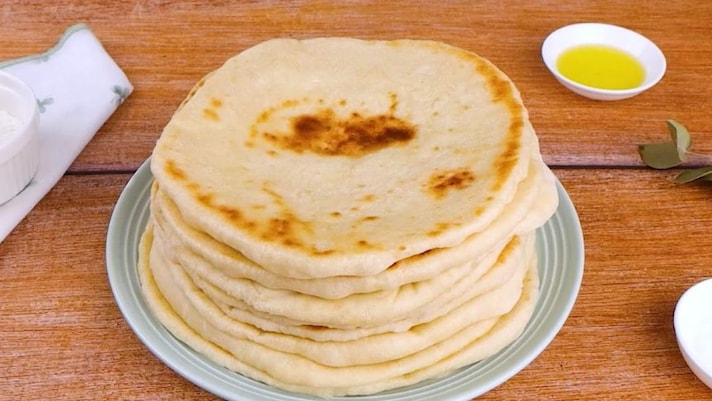
Serve the warm pita bread on a platter. Enjoy!
Serve the warm pita bread on a platter. Enjoy!
Expert Tips for Perfect Greek Pita
- Mix your flours: Combine all-purpose and bread flour for the perfect balance of softness and chew.
- Keep it covered: While the dough rises, cover it with a damp cloth to prevent drying.
- Mind the heat: A properly preheated skillet ensures that signature puff.
- Add flavor: Sprinkle in a pinch of dried oregano or thyme for a Mediterranean twist.
- Mini version: Divide the dough into smaller pieces for fun, bite-sized pitas — perfect for appetizers.
Greek Pita vs. Regular Pita
Greek pita is thicker, softer, and more pliable, with a comforting chew that makes it perfect for wraps, gyros, and scooping up dips like hummus or tzatziki. Unlike its Middle Eastern counterpart, Greek pita usually doesn’t form the signature pocket you find in regular pita bread.
Traditional pita, on the other hand, is thinner and often baked at a higher temperature, which causes steam to create a hollow interior — ideal for stuffing with fillings like falafel, roasted vegetables, or grilled meats.
FAQs
Can I use different types of flour?
Absolutely! All-purpose flour works great, but bread flour adds chewiness. For a rustic touch, replace ¼ cup of flour with whole wheat.
Why didn’t my pita puff up?
The two main culprits: uneven heat or thick dough. Ensure your skillet is hot enough (around medium-high), and roll your dough evenly for that classic puff.
How long should the dough rise?
About 1–2 hours, or until it doubles in size. If your kitchen is cold, place the bowl near a warm oven or in a proofing drawer.
Can I freeze homemade pita bread?
Yes! Wrap cooled pitas tightly in plastic wrap and freeze for up to 3 months. Reheat in a skillet or toaster oven.
How should I store leftover pita?
Keep pita bread wrapped in plastic or foil at room temperature for up to 2 days, or refrigerate for 3–4 days. Warm before serving for the best texture.
Is pita bread gluten-free?
Traditional pita is not gluten-free, but gluten-free versions can be made using a blend of rice flour and tapioca starch.
Serving Ideas
- Fill with grilled chicken, lamb, or falafel for classic Greek wraps.
- Cut into wedges and serve with tzatziki, hummus, or baba ghanoush.
- Use as a base for flatbread pizzas topped with olives, feta, and tomatoes.
- Toast and crumble over soups or salads for a satisfying crunch.

;Resize,width=767;)
